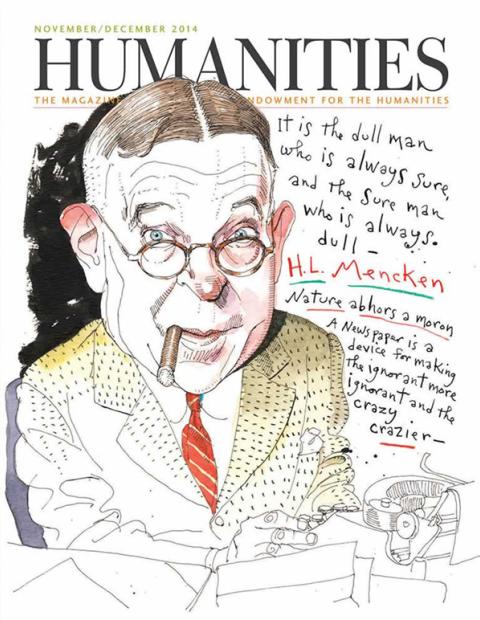On Christmas Day 1945, the MacArthur Theater opened in the leafy northwest Washington neighborhood of the Palisades after a lengthy turf war between the K-B theater chain and Warner Brothers. It had one large screen and walls of rose marble and canvas painted with classical figures. The construction cost $125,000, which in today’s terms would figure more than $1.5 million. The residents of the Palisades resisted development, but the theater and its eight hundred pink Bodiform seats sprang up anyway, showing Never Say Goodbye with Errol Flynn and Eleanor Parker. For the next fifty-one years, the MacArthur morphed from second-run neighborhood theater into art-house cinema and finally in 1982 into a half-hearted triplex that struggled to keep up with the growing competition from new multiplexes. In 1997, despite vehement opposition from Palisades residents, the MacArthur was converted into a CVS drugstore.
“Remembering the MacArthur Theater and Neighborhood Movie-going” is an oral history project organized by the D.C. Independent Film Festival and funded in part by the Humanities Council of Washington, D.C. Deirdre Evans-Pritchard, the project director and executive director of the film festival, is a folklorist by training. Evans-Pritchard says that the ritual and experience of going to the movies has changed drastically in the last hundred years, and will continue to change throughout the twenty-first century as new technologies emerge and communities evolve. “As we look toward the next era [of moviegoing],” says Evans-Pritchard, “recording this experience is essential.” She notes that this project ought to be of immediate interest to all film festivals as they “survive on the principle that people are still interested in going out to the movies.” While there is a good deal of scholarship on the history of film, there is “very little historical information about the people who go to the movies,” says Evans-Pritchard. She hopes that such research has the potential to spark important scholarship in the realm of cultural history.
“Remembering the MacArthur Theater” has its roots in last year’s film festival when a panel examined the history and role of the movie theater in D.C., discussed the experience of moviegoing, and celebrated the cinema’s place in the city’s collective memory. “Remembering the MacArthur Theater” kicked off in September in the Palisades with a lecture and discussion led by theater historian Robert K. Headley. Interviews with participating residents will be recorded through the fall and made into a short documentary. A follow-up presentation in the Palisades in early 2015 will conclude this project. This commemorative undertaking is the first of what Evans-Pritchard hopes will be a national series of oral history events on the experience of moviegoing.
The history of the MacArthur Theater in many ways epitomizes the history of moviegoing in the United States. Washington, D.C., was, as historian Douglas Gomery describes, a “moviegoing capital.” Theaters were built at unprecedented levels from the twenties through the forties as the government battled the Great Depression and the Axis Powers. The MacArthur, named for the decorated World War II general, was one of the new neighborhood theaters that provided nearby residents with films that had already been shown downtown. These theaters served only their immediate neighborhoods and showed films three weeks after the first-run theaters. “The whole idea of the neighborhood theater,” says Headley wistfully, “is like the dodo—it’s extinct.”
During the sixties, the MacArthur changed its strategy, moving from its retinue of second-run movies to British films. In a Washington Post article from January 1960 by Richard L. Coe, a then thirty-seven-year-old Marvin Goldman, cohead of the K-B chain, explained the charm of the neighborhood movie theater: “Each of our theaters appeals to its specialized audience. . . . It’s an absurd mistake to throw all the pictures into one pot at one time and say to the public, ‘Take it or leave it.’” Goldman compares going to the theater with going to a restaurant, “You just don’t go to a Chinese restaurant for spaghetti.” The MacArthur’s time as an art house theater elicited some of the fondest reminiscences. In 1982, when it was rumored that the theater would be razed to make way for a new office building, Marnie Nicholson, in an interview with the Post, recalls the time when a feature started late “you could go upstairs to a room over the lobby where they served tea, coffee, and cookies. . . . I first moved to this area when I was a college student. When things got a little tight, my roommate and I would head over to the MacArthur for a supper of tea and cookies.”
During the height of its popularity, the MacArthur seemed truly to be a site for community building. However, declining sales and increasing competition from multiplex theaters with dozens of screens—the very one-pot notion disdained by Goldman—led to the closure of the MacArthur and many neighborhood theaters. Even though the CVS has dutifully maintained the exterior and signage of the old cinema, Headly says there is still interest in “bringing back memories” of the time when the MacArthur showed movies rather than filled prescriptions.

